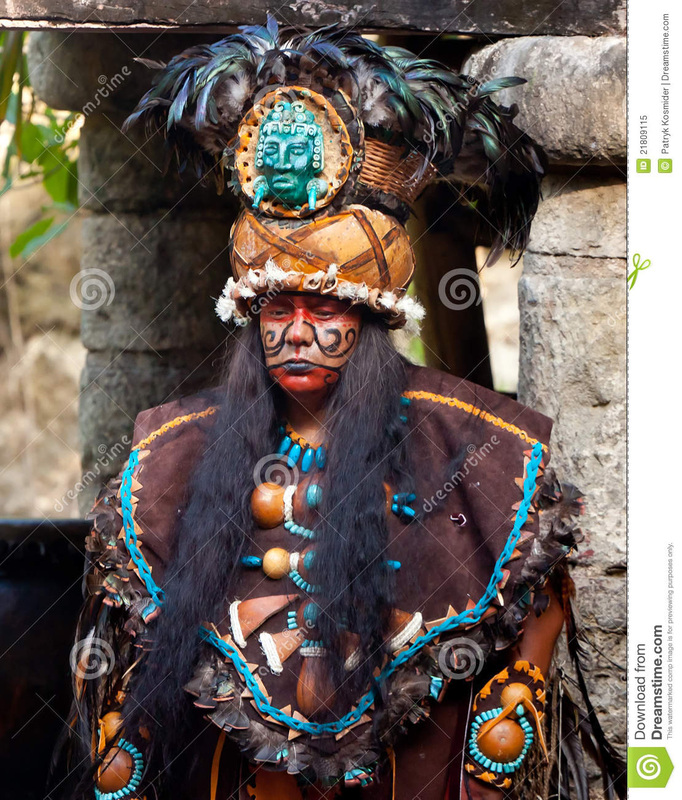
Later settlers came by boat across the narrow strait. When the glaciers melted, water engulfed Beringia, and the Bering Strait was formed. The first inhabitants of what would be named the Americas migrated across this bridge in search of food. (Figure 1) Figure 1-1 – Beringia Land Bridge by National Park Service is in the Public Domain The translation is from the Spanish.Between nine and fifteen thousand years ago, some scholars believe that a land bridge existed between Asia and North America that we now call Beringia. Thus to say that a sorcerer took on the appearance of an old man, the narrator would phrase a statement: He transformed himself into a little old man, he changed himself, he disguised himself, he became very much bowed, his head became quite white, his hair quite white. One of the particular features which makes translation difficult out of nahuatl is the fact that it was rich in near-synonyms, separated from one another by subtleties of meaning, and the Aztecs delighted in exploring its possibilities. What is presented below is a short Aztec pantomimic play, reflecting the twin obsessions of Aztec lyric poetry, flowers, towards which the Aztecs seemed to channel the gentler emotions otherwise stifled by their stoicism, and death. On the other hand, one of the ways in which man justifies himself is by the poetry he creates, the work of his hands and of his mind. Civilisation or no civilisation, man and evil seem travelling companions the world over. And indeed we need no reminder that certain modem civilized nations have millions of victims to their credit as part of their campaign to keep the universe going. Recently, within the western liberal tradition, much has been written to show that in their time the Aztecs were a highly civilized and sophisticated people, even quite democratic in many ways. Whatever part these factors may have played, this warlike caste saw their cosmos as being ever threatened with extinction, unless man took a hand and fed it the sacred juice, human blood. Rain had to be prayed for, for one break in the eternal round and a community would be faced with starvation whose other name was the anger of the gods. In order to be able to fix the right season of the year to plant the crops, he was forced to study astronomy, invent mathematics and an exact calendar. According to Leslie Byrd Simpson, even today frequent earthquakes, “some of them very destructive of life and property keep the pious in a continual state of bewilderment over the inscrutable ways of Providence.” A second reason is that although the discovery of maize was one of the most important achievements of mankind anywhere, the Indian became its slave. One is the fact that Mexico suffers the terrors of earthquakes. One can suggest good reasons for this sense of disaster. The people surviving the destruction of the second world by hurricanes were changed into monkeys as an example of the wilfulness of the gods. The crude giants that fed on wild acorns perished along with the first sun they were the useless and foolish inventions of the god, Texcatlipoca.


Each successive destruction has engendered a new race of men inheriting nothing from their predecessors and equally helpless in the face of destiny. In the terrible legend of the suns, the universe has already been destroyed four times: by tigers, winds, showers of fire, and water. The myths of Aztec religion are pervaded by a sense of disaster and catastrophe. For the Aztec warrior was performing a sacred duty when he took a prisoner alive and brought him in to his sacrificial destiny, and was honoured and rewarded for it and the need for this unending stream of victims was determined by the nature of the relation the Aztecs felt existed between the cosmos and man. For whatever attributes we may attempt to claim for Aztec civilisation, the image which overwhelms the mind is that of the Aztec priest plunging the sharp stone knife into the sacrificial victim’s chest, ripping out and holding up to his Sun-god as an offering, the bloody palpitating heart and then distributing the body for the ritual cannibalistic feast.Īztec society illustrates how terrifying and ruthless theology and logic can be when uninformed by love. Indeed, one might aptly apply the words of the well-known Trinidadian calypso to the occasion, imagining some Aztec warrior saying that he looked forward to the feast because “he never eat a white meat yet”.

The old Spanish war-horse, Bernal Liaz del Castillo, one of Cortes’ cohorts in the conquistador invasion of Mexico, tells in The True History of the Conquest of New Spain, how the Spanish soldiers thrilled with fear when they heard the Aztec warriors coming on shouting, that they would have them for supper that night. – Translated and Introduced by Lloyd King.


 0 kommentar(er)
0 kommentar(er)
